
Cooking the ham: yes or no?
Ham, whether it's Serrano or Iberian, is a cured product that's meant to be eaten RAW. These types of foods undergo a curing process, which allows them to be consumed directly without any cooking. If you purchase a piece of ham from Enrique Tomás, when it arrives at your home, it's at its optimal point for consumption. To enjoy it, you just need to open it, slice a piece, and enjoy! Therefore, cooking ham before consumption is a mistake.
If your goal is to include ham in your recipes, you can cook it if the recipe requires it. However, we recommend handling it as minimally as possible. Only when it's raw will you experience its taste, aroma, and texture to the fullest. A good idea is to add it in the final steps of the recipe as a topping. This way, you'll alter its flavor as little as possible.
Keep reading, and we'll tell you all the details about cooking ham!
How to Consume Ham
As we mentioned, to preserve the authentic taste, aroma, and texture of ham, it should be eaten completely raw. The ideal serving temperature ranges between 20 and 25ºC (68-77ºF). If you have a whole piece, you can start slicing and consuming it directly. If you've acquired sliced ham and it's vacuum-sealed, take it out of the refrigerator about 15-20 minutes before consumption to reach the ideal temperature. When it's ready, you'll notice that the slices separate more easily.
For slicing, we recommend checking out our tutorial videos on how to slice ham. There, you'll find all the key details to do it correctly. Keep in mind that specific tools like a ham knife, ham holder, and ham carving fork are essential for slicing ham.
As for preservation, if you have a whole piece, we recommend starting it as soon as possible. When it arrives at your home, it's already at its optimal point for consumption. Once opened, the most important thing is to cover the cut surface with a lint-free cloth rather than using the ham's own fat.
In the case of sliced ham, it can be preserved perfectly for up to 3 months in the refrigerator if well vacuum-sealed. Once opened, consume it as soon as possible within a maximum of three days.
Gastronomic Uses of Ham
In Spain, the serving or dish of Iberian ham has become a symbol of our gastronomy. You'll find it in most restaurants across the country. The gastronomic use of this delicacy is as diverse as Spanish cuisine itself.
The "plating" of ham is another key factor when it comes to consuming ham. First of all, it's important to consider that the perfect cut is a slice that's neither too thin nor too thick and is about four to five centimeters in length. Each cut should be of a similar shape to achieve symmetry and harmony on the plate.
Start placing the slices from the outer edge of the plate towards the center, overlapping them slightly. A tip is to orient the part of the slice with fat towards the inside of the plate; this way, it will be easier to pick up the slices when tasting them, and the plate will look more appealing. Using a round plate is recommended to enhance the elegance of the plating, although using wooden boards is also very popular.

The gastronomic use of ham
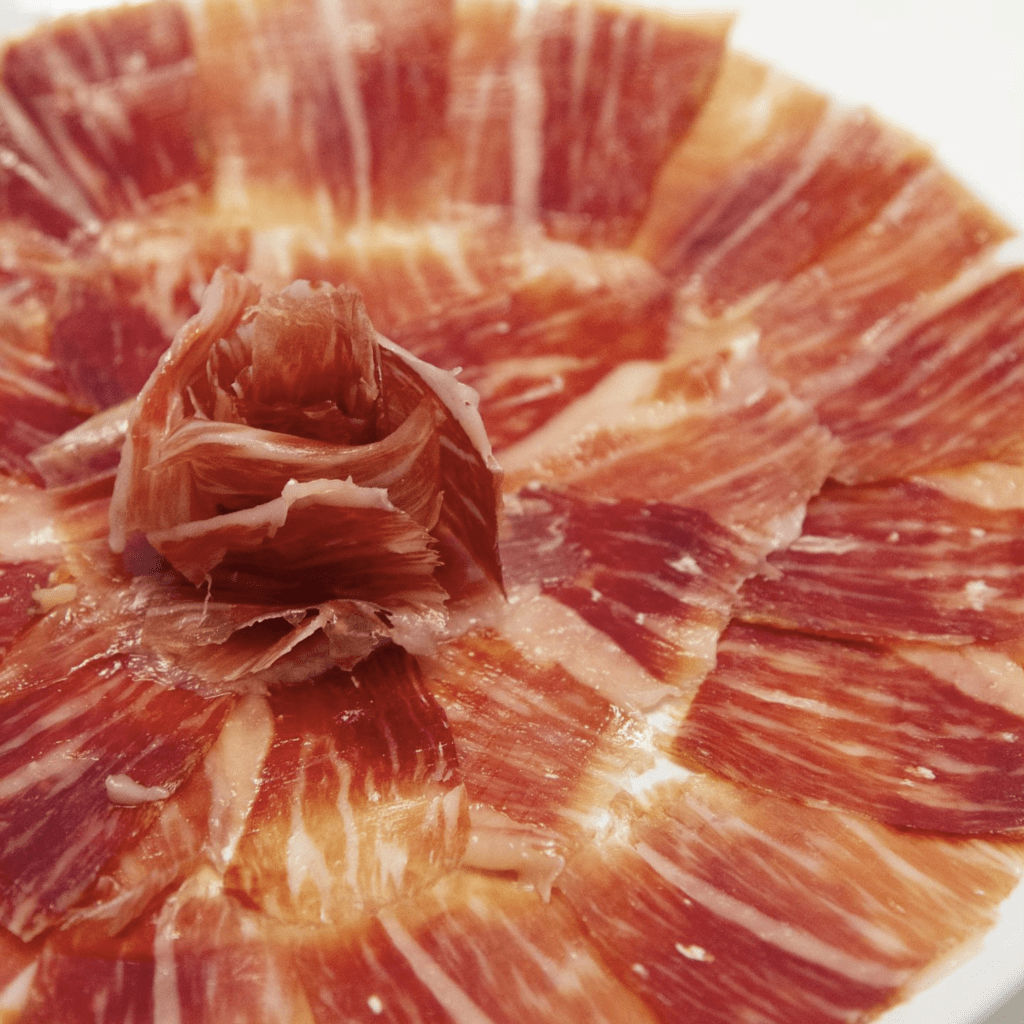
Iberian Bellota Ham
Cooking Ham in Your Recipes: Yes or No?
Ham is part of our Mediterranean diet and is one of the most typical and traditional foods in Spanish gastronomy. Therefore, we not only eat it on its own but also include it in everyday recipes. And that's where the question arises. Can you cook ham? Well, to maintain its organoleptic properties intact—taste, aroma, texture—it's most advisable to handle it as little as possible. To fully enjoy its flavor, it's best to eat it raw.
Recipes with Raw Ham
Ham is usually added raw in the final steps of a recipe to minimize handling and preserve its flavor. Here are some examples of how to do it properly.
- Bean, Sweet Potato, and Iberian Ham Salad
- Quince, Iberian Ham, and Cheese Roll
- Asparagus Cream with Ham
- Iberian Ham Tartare
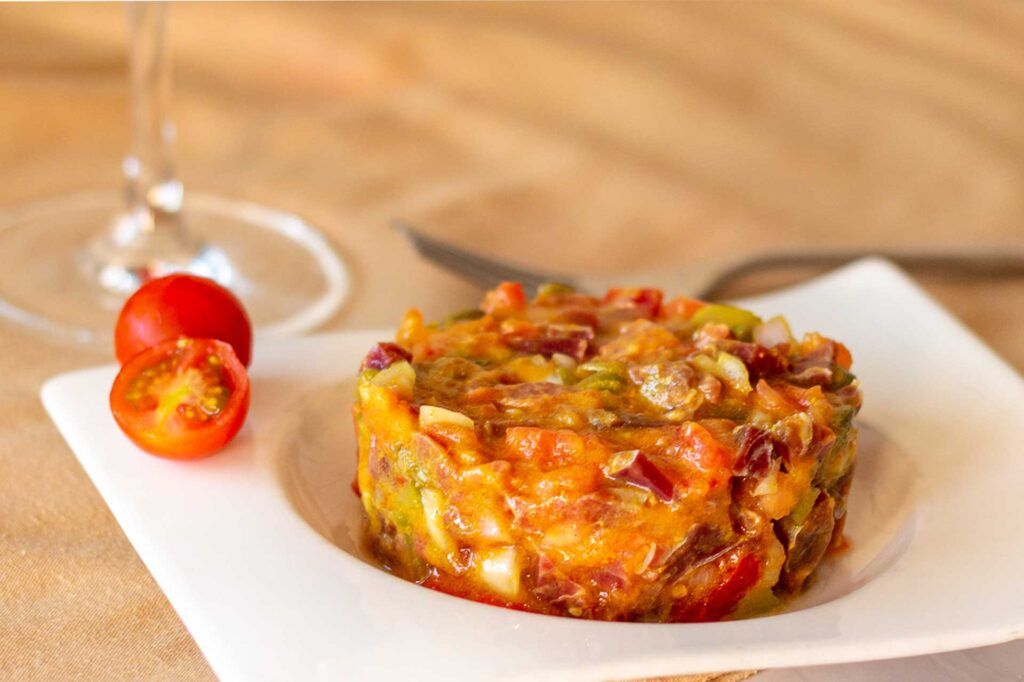 Iberian Ham Tartare
Iberian Ham Tartare

Bean, Sweet Potato, and Iberian Ham Salad
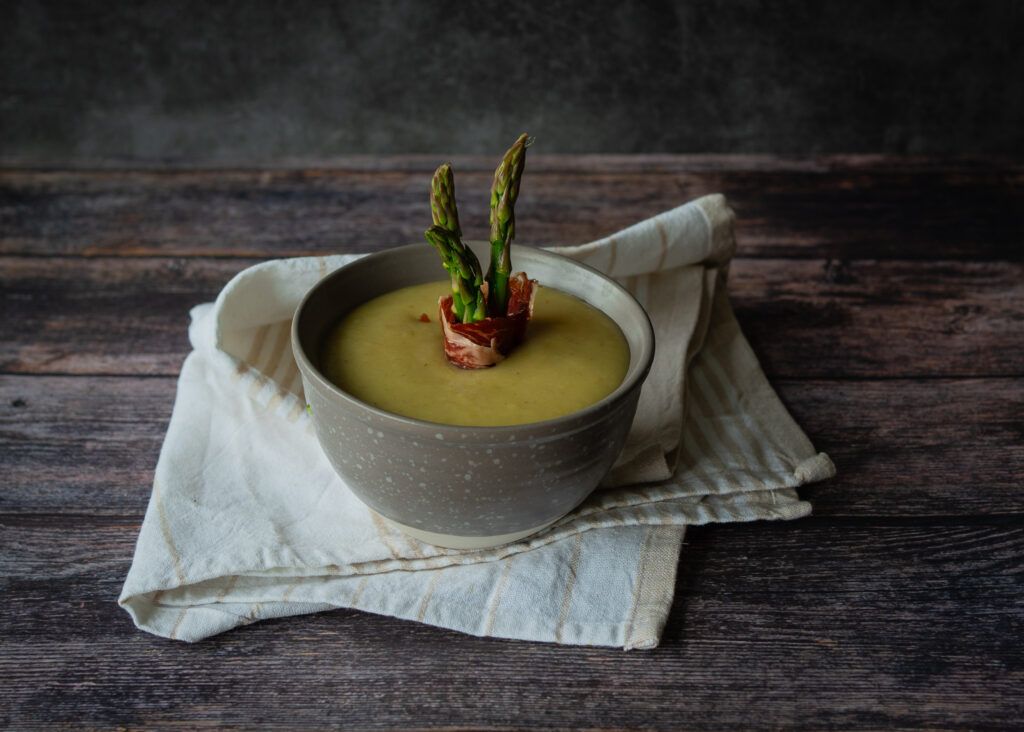
Asparagus Cream with Ham
Recipes with Cooked Ham
Ham is only cooked when it needs to be mixed with other ingredients in a recipe, such as in a "quiche," a specific dish's sauté, or any other scenario where it's essential. Keep in mind that if you're pan-frying it, just a few seconds are enough.
- Vegetable Quiche with Ham
- Artichokes with Ham
- Gnocchi with Mushroom and Iberian Ham Sauce
- Spinach, Mushroom, and Ham Scramble
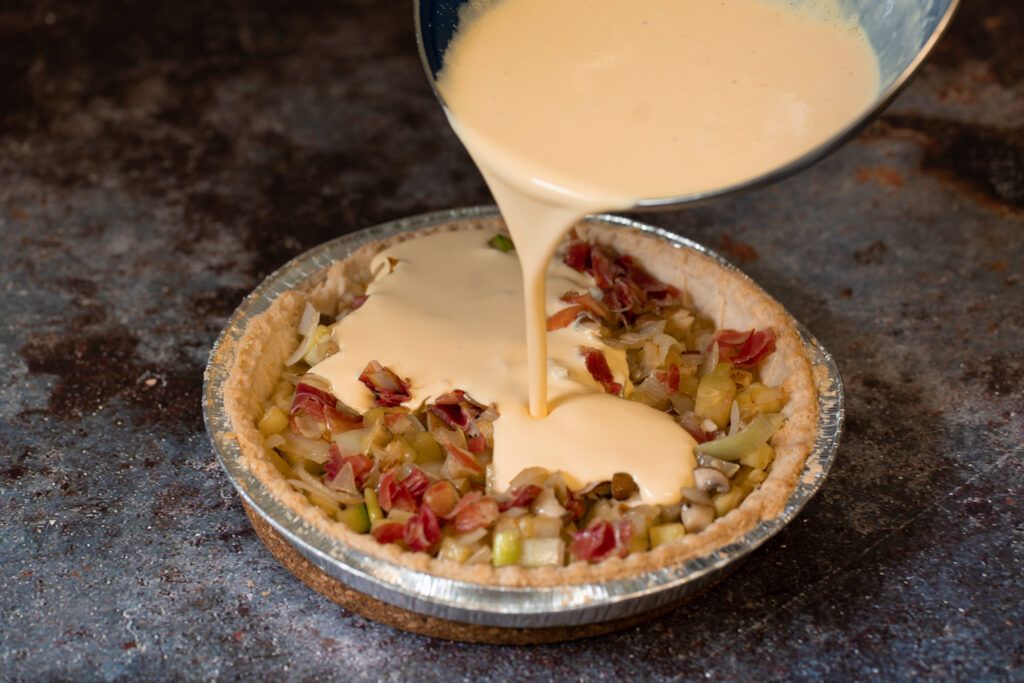

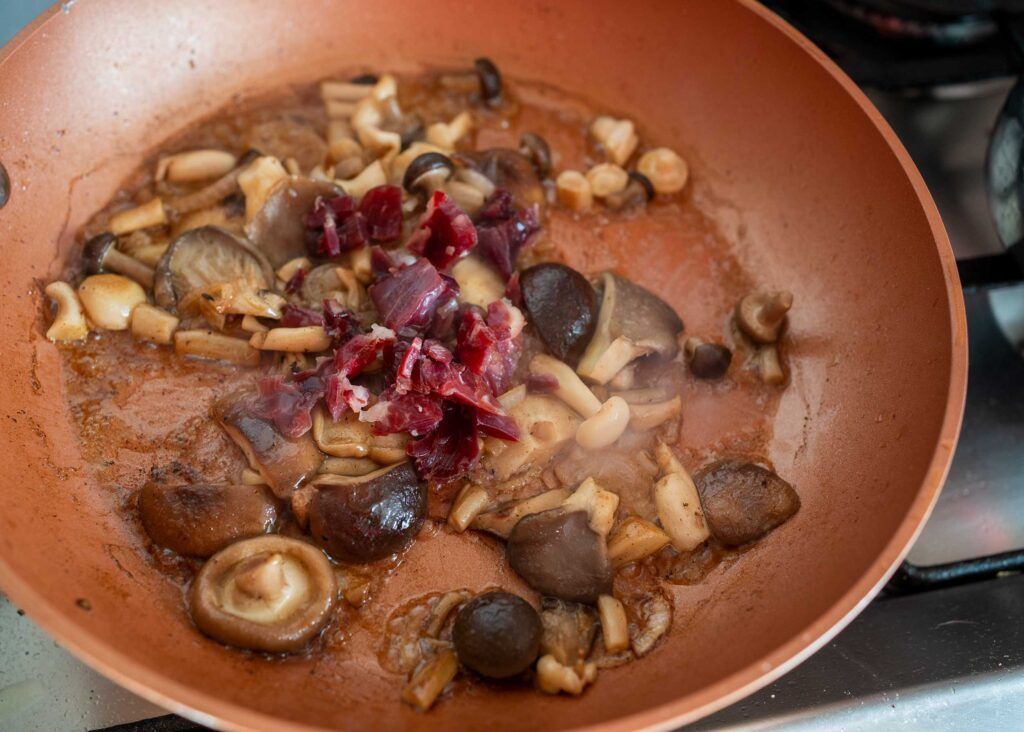
Now that you've cleared up whether to cook ham or not, we provide a link to our online shop so you can choose the type of ham you prefer and the most convenient format for you.



